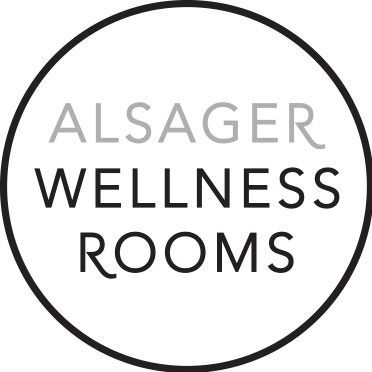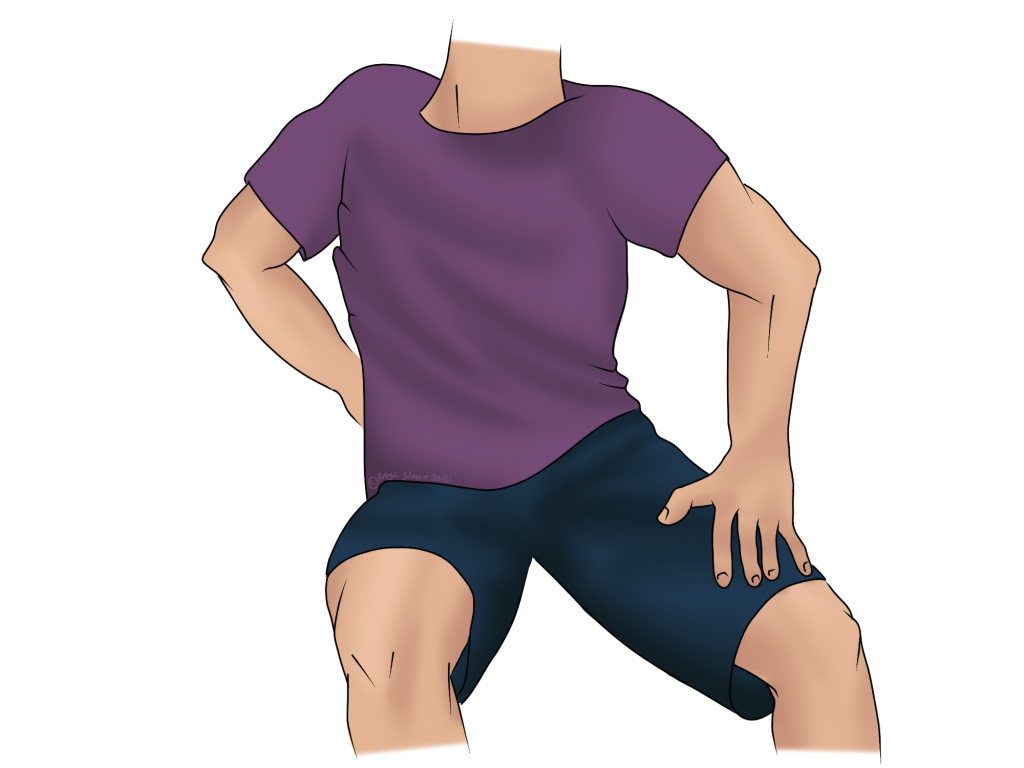We all get muscle and joint aches and pains every now and then, but sometimes they need a helping hand to get rid of them.

Little twinges can be hard to put your finger on, and sometimes they will resolve on their own in a few days or with a bit of exercise. First aid for aches and pains can be simple, but people are often confused about what they should be doing for the best results. As a general rule, movement is good for you. To be safe, if any given exercise causes you less than 3/10 pain, it is unlikely to cause any negative effects. Heat and ice both have their place, but neither should be applied for more than 10 minutes at a time, and both should be applied through a barrier, such as a tea towel. Heat is good for tight muscles, but might make inflammation worse. A cool compress can take the edge off of an acute injury or inflamed area.
When Should I get Help for my Aches and Pains?
It’s never too early to see your osteopath for those little twinges- even if they become pain free between booking and the appointment itself there’s usually something we can still do with the aim of preventing a recurrence.
Low level recurrent aches and pains are definitely worth investigating as they could be a warning sign for something that needs nipping in the bud. For example, arthritis typically starts slowly and gradually progresses. People often think that a diagnosis of osteoarthritis is the start of a waiting game until it’s time for surgery, but movement is the best thing you can do to keep your cartilage happy. Improving the movement in an early arthritic joint can slow down the progression of the condition, and in some cases undo some of the damage.
Compensatory Patterns
Osteopaths see the body as a whole, and recurrent twinges can also indicate a pattern of compensation that needs addressing. Often the pain is not the problematic area, for example if you suffer from a tender IT band (on the outside of the thigh), this might be because the knee is somewhat unstable. One of the roles of ITB is to stabilise the knee, so perceived instability can cause tension, which, incidentally, is controlled by a muscle closer to the thigh. Foam rolling the ITB might provide some temporary relief, but addressing the knee issue would be the better course of action. Your osteopath can identify these patterns and develop a plan of action for you.
Aches and Pains in Fibromyalgia
If your symptoms have lasted for over three months, they are now considered chronic. The brain treats chronic pain differently to acute episodes, so management can be a bit more complicated.
Fibromyalgia is a condition characterised by aches and pains all over the body, as well as fatigue, poor sleep, and poor concentration. You can read more about fibromyalgia here. We can help support you in getting a diagnosis, and manage your symptoms with exercise and hands-on therapy.
Contact us on 077 7593 1609 to make an appointment in Alsager for your aches and pains


